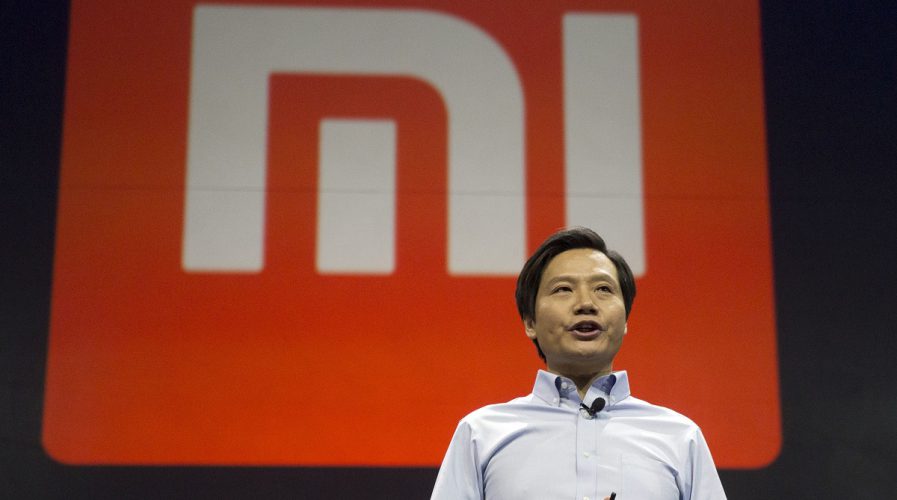
Xiaomi Chairman Lei Jun stands in front of the logo of the Chinese smartphone maker, at a press event in Beijing. Pic: AP
Xiaomi smartphone sales struggle in China, but India makes up for lost ground
XIAOMI, formerly China’s number one smartphone seller, is now in fourth place as consumer interest has shifted to more premium devices.
According to a 2016 IDC report, Xiaomi has dropped 38.4 percent in its smartphone shipments in China, while its competitors Huawei, OPPO and vivo continue to grow. According to the Economic Times, Xiaomi is a company that “badly needs a second act.”
While Xiaomi may be losing ground in its home market, smartphone users in neighboring India might be here to save the day. In an open letter written by founder and CEO Lei Jun, the company thanked its consumers and fans in India as it hit the milestone of selling 1 million smartphones within 18 days.
SEE ALSO: Xiaomi reveals first smartphone-enabled VR headset at just 20 cents (for now)
“India is an extremely important market in Xiaomi’s globalization strategy. It has become our largest market outside of mainland China,” said Lei in his letter.
After setting up a manufacturing unit in August of last year, as per Prime Minister Narendra Modi’s ‘Make in India’ program, Xiaomi became the third-largest smartphone vendor in India last month – reportedly taking 8.4 percent market share. An IDC report also put Xiaomi in the top spot when it comes to online smartphone brands in India.
Besides making strides in India, a part of Xiaomi’s business-boosting strategy is in diversifying its product line to include smart home appliances – namely rice cookers. These are, of course, not products that Xiaomi makes itself but are simply Xiaomi-branded products from local hardware startups that the company has invested in.
https://www.youtube.com/watch?v=vb2fGxCTr9o
The rice cookers are controlled via Xiaomi devices and will set users back US$150, which is priced far below top shelf products from appliance makers Philips and Toshiba – typically costing US$450.
Earlier this year, Xiaomi also announced that it was making a foray into the consumer drone market with its well-priced Mi Drone.
Although its competitors are outperforming Xiaomi in the smartphone segment, it would seem that the company is creating a product ecosystem in response to consumer trends in the Chinese market.
SEE ALSO: Mi Notebook Air: Xiaomi thumbs nose at Apple by releasing MacBook Air look-a-like
“China is set to embrace a consumption boom over the next 10 to 20 years, we see that crystal clear,” said Liu De, the head of Xiaomi’s new ecosystems products division, as reported by the Economic Times. “What Xiaomi aims to do is to feed these surging demands by introducing products with good quality at a relatively cheap price,” he said.
READ MORE
- Strategies for Democratizing GenAI
- The criticality of endpoint management in cybersecurity and operations
- Ethical AI: The renewed importance of safeguarding data and customer privacy in Generative AI applications
- How Japan balances AI-driven opportunities with cybersecurity needs
- Deploying SASE: Benchmarking your approach
